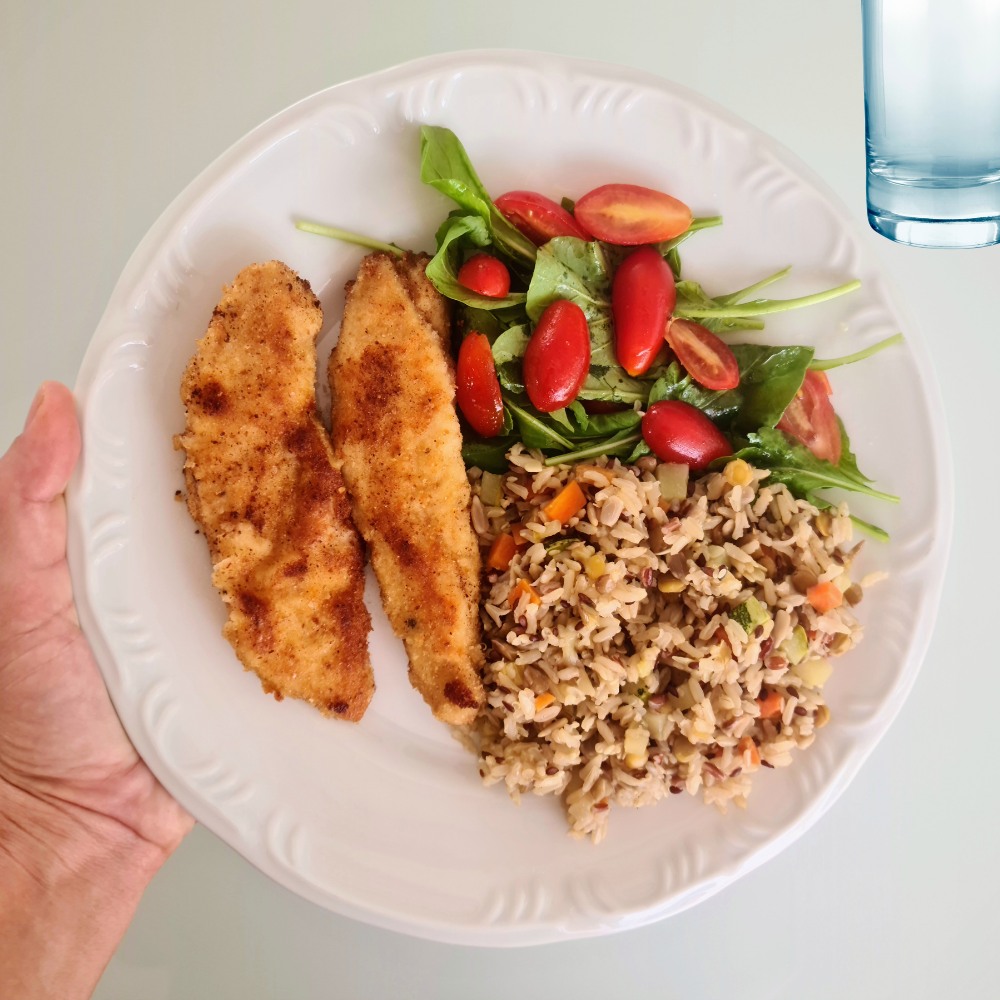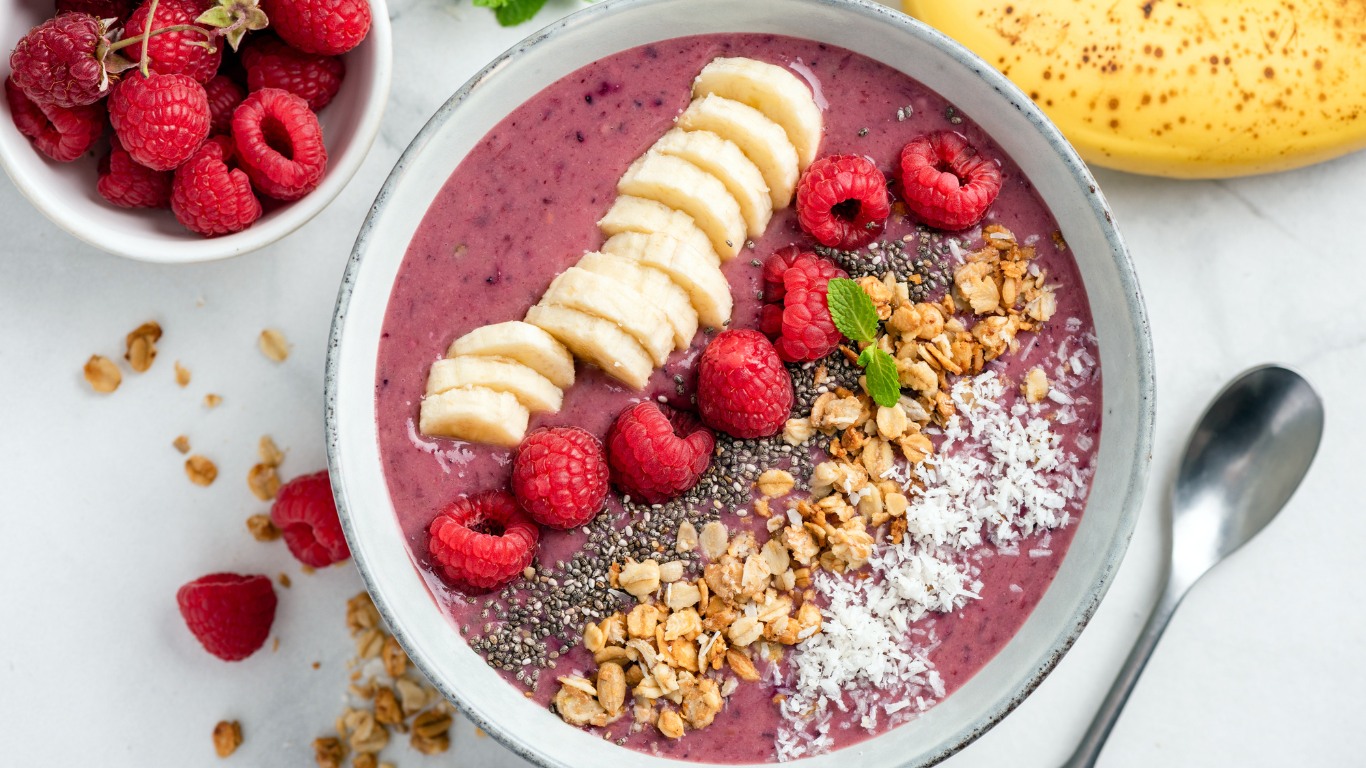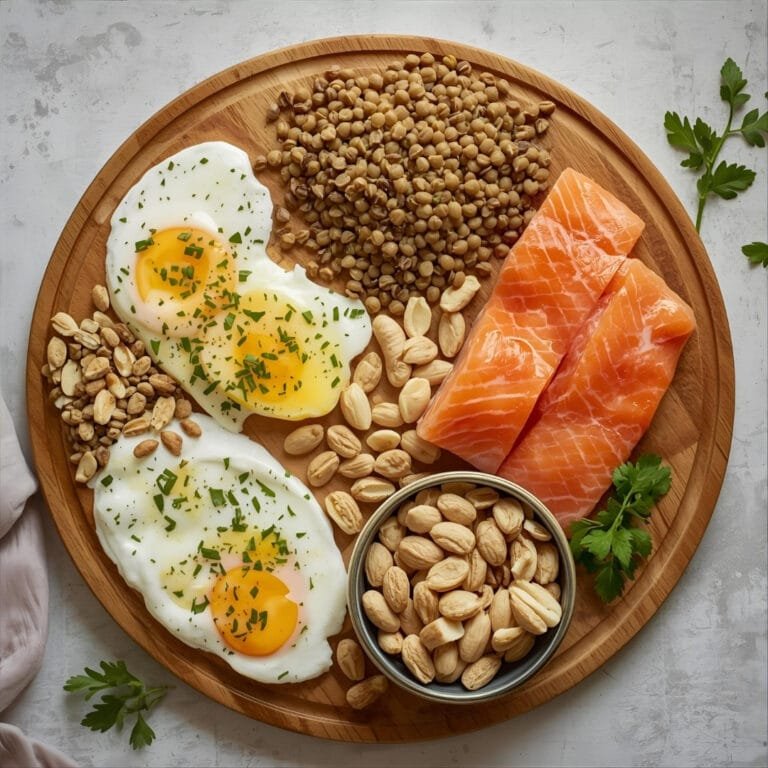Disclosure:
Thank you for reading this post, don't forget to subscribe!
Some of the links on this website are affiliate links. This means that if you click on the link and make a purchase, we may receive a small commission at no extra cost to you. Your support helps us keep the site running.Learn more on my Privacy Policy and Affiliate Disclosure page. Thank you for your support!
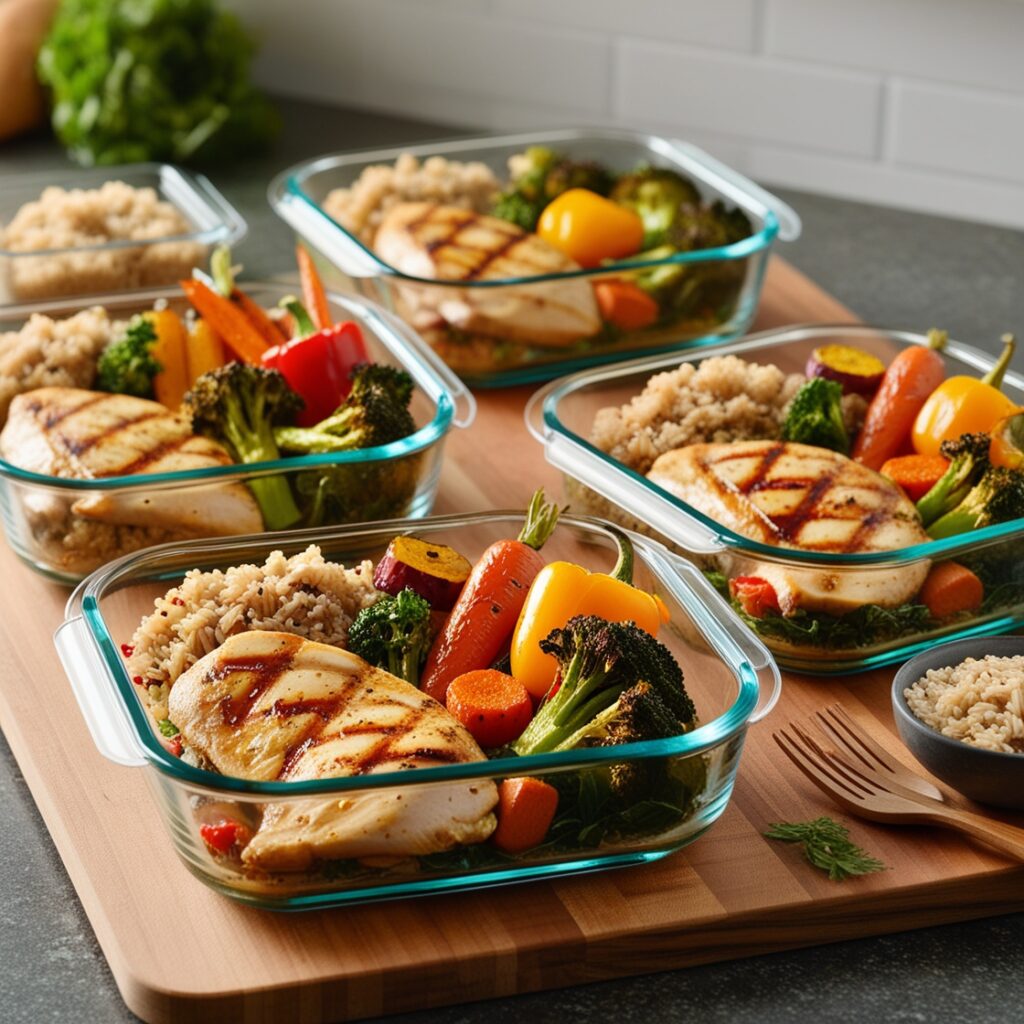
Healthy meal planning is the practice of organizing your meals ahead of time to ensure that your diet is balanced, nutritious, and easy to follow. For beginners, it can seem like a daunting task, but it doesn’t have to be complicated. In fact, meal planning is one of the best ways to simplify your eating habits, maintain a healthy diet, and avoid the pitfalls of impulsive eating.
In this guide, we’ll provide simple tips to help you get started with healthy meal planning. Whether your goal is to lose weight, gain muscle, or simply maintain a balanced diet, this approach can help you save time, reduce stress, and even cut down on grocery costs.
Key Point: Healthy meal planning doesn’t have to be complicated. It can actually save you time and money while ensuring you eat nutritious meals regularly.
check out: Find easy, healthy recipes at BBC Good Food and Eating Well.
Why Healthy Meal Planning is Important
Planning your meals is crucial for a healthier lifestyle. By organizing your meals in advance, you can ensure that every plate you eat is balanced, meeting your nutritional needs without the stress of last-minute decisions. Without a plan, it’s easy to fall into unhealthy eating habits, like grabbing fast food or snacking impulsively on junk.
Benefits of Healthy Meal Planning:
- Better Nutrition: You can ensure that your meals are rich in nutrients, with a balance of proteins, healthy fats, and carbohydrates.
- Reduced Food Waste: By planning ahead, you only buy what you need, preventing food from going to waste.
- Time-Saving: Meal prepping cuts down on cooking time during busy weekdays, making it easier to stick to a healthy eating routine.
- Cost-Effective: Planning your meals allows you to buy in bulk, stick to a budget, and avoid unnecessary food purchases.
Common Pitfalls Without Meal Planning:
- Impulse eating at fast food joints.
- Grabbing unhealthy snacks when you’re hungry.
- Overspending on takeout or last-minute grocery store runs.
find out more about: Effective Diet Meal Plan for Losing Weight: Comprehensive Guide with Sample Meal Plan-Whether you’re aiming to improve your energy levels, reduce body fat, or simply lead a healthier lifestyle, this comprehensive guide covers everything you need.
Basic Principles of Healthy Meal Planning
Balance Your Plate: A balanced meal includes key components: protein, vegetables, healthy fats, and whole grains. For example, a typical meal might include grilled chicken (protein), quinoa (whole grain), roasted vegetables, and avocado (healthy fat).
Portion Control: Even healthy meals can lead to overeating if portion sizes are too large. Stick to proper serving sizes to maintain a balanced diet and prevent excess calorie consumption. A good guideline is filling half of your plate with vegetables, a quarter with protein, and the remaining quarter with whole grains.
Meal Variety: Avoid monotony by incorporating a variety of food groups and ingredients. This will not only keep your meals interesting but also ensure you’re getting a range of nutrients. Try to rotate your proteins, grains, and vegetables weekly.
Tip: Consider using a meal planning template or an app like “Mealime” to simplify the process and keep everything organized.
Stay Ahead with Morningscape Mindset Media!
Sign up now to receive exclusive updates on our latest posts — delivered directly to your inbox!
Steps to Start Healthy Meal Planning

Step 1: Set Your Health Goals Before you start meal planning, it’s important to define your goals. Are you trying to lose weight, gain muscle, or simply maintain a healthy diet? Your meal plan should reflect these goals, so you can tailor your calorie intake and food choices accordingly.
related article: balanced eating from the USDA’s MyPlate guidelines.
Step 2: Choose a Few Easy Recipes to Start With As a beginner, simplicity is key. Choose 3-4 easy recipes that you feel confident preparing. Focus on meals with few ingredients that don’t require hours of cooking.
Step 3: Make a Grocery List Based on Your Chosen Recipes Once you’ve picked your recipes, create a detailed grocery list. This will help you stay focused at the store and avoid buying unnecessary items, which can lead to waste or unhealthy food choices.
Step 4: Prep Your Ingredients and Meals Ahead of Time Meal prepping can be a lifesaver during a busy week. Spend a few hours on the weekend chopping vegetables, cooking grains, or marinating proteins so you can throw meals together quickly during the week.
Pro Tip: Start with simple recipes to avoid feeling overwhelmed. As you gain confidence, you can add more complex meals to your plan.
read next:
Healthy Meal Ideas for Beginners
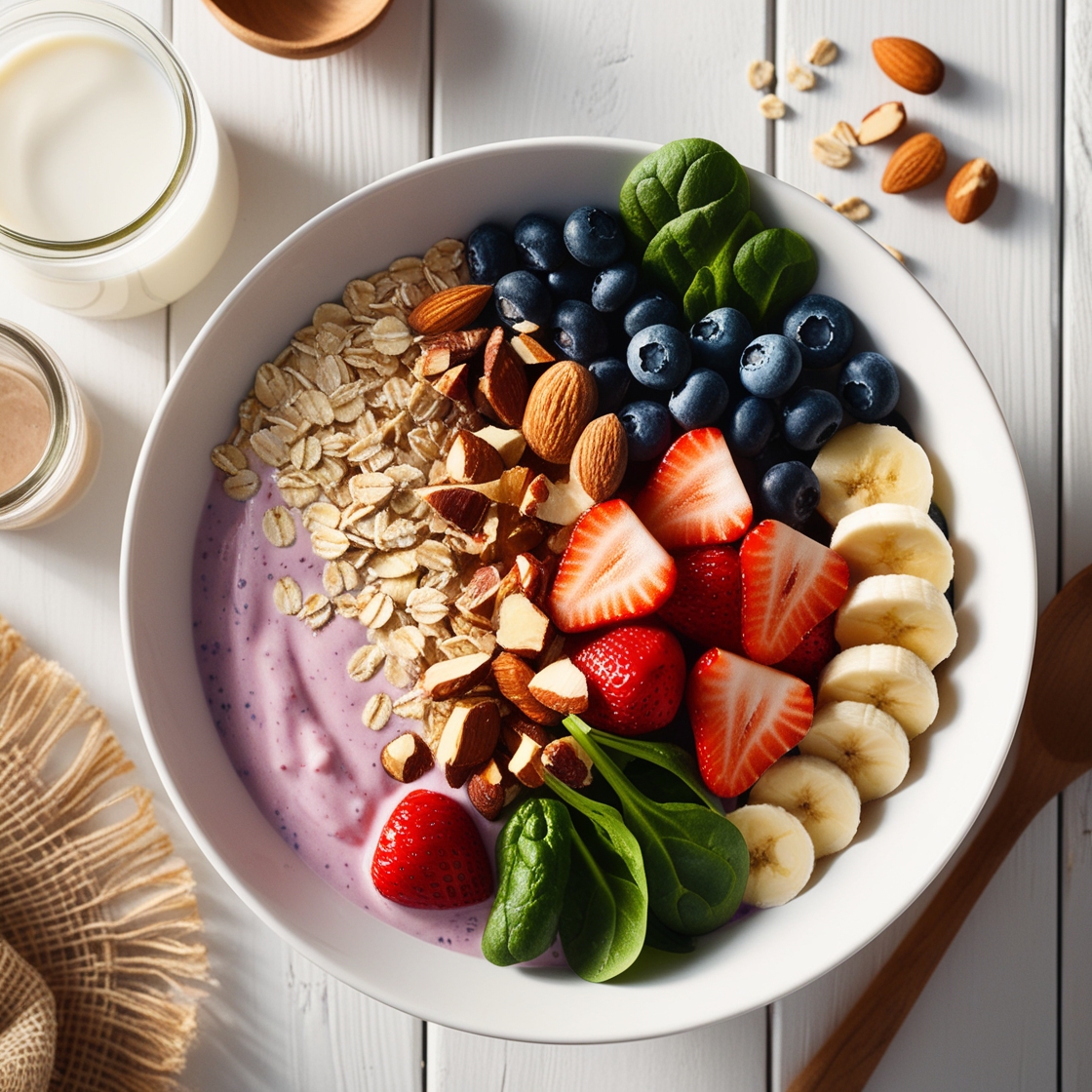
Here are some simple and nutritious meal ideas to help you get started:
read more about: Create Your Custom Meal Plan to Burn Fat and Lose Weight Fast – With a Free 7-Day Meal Plan-Customizing a meal plan is one of the most effective strategies for achieving fat loss and maintaining weight management.
Breakfast:
- Smoothies: Blend frozen fruits, spinach, and a scoop of protein powder.
- Overnight oats: Combine oats, almond milk, and chia seeds; leave in the fridge overnight.
- Scrambled eggs with veggies: Add spinach, tomatoes, and onions to scrambled eggs.
Lunch:
- Grilled chicken salad: Toss mixed greens, grilled chicken, avocado, and a light vinaigrette.
- Veggie wraps: Whole-wheat tortillas with hummus, bell peppers, cucumbers, and spinach.
- Quinoa bowls: Cook quinoa and top with roasted vegetables and lean proteins like chicken or tofu.
Dinner:
- Stir-fried vegetables with tofu: Use olive oil and soy sauce to sauté vegetables and tofu.
- Baked salmon with sweet potatoes: Serve with steamed broccoli for a nutritious meal.
- Whole-wheat pasta with lean meat: Use ground turkey and marinara sauce for a healthy spin on pasta.
Snacks:
- Greek yogurt with berries.
- Hummus with sliced carrots and cucumbers.
- A handful of mixed nuts and seeds.
Note: For portion sizes, aim for a serving of protein about the size of your palm, grains about the size of a fist, and as many vegetables as you’d like. Consider ingredient swaps like using Greek yogurt instead of sour cream or whole-wheat pasta instead of regular pasta.
explore more:
Additional Resources:
- Meal Planning Apps: Use apps like “Mealime” or “Yummly” to simplify the meal planning process and discover new recipes.
- Recipe Books: Check out The Beginner’s Guide to Meal Prep for easy, healthy recipes and meal prep tips.
- Grocery List Templates: Download printable grocery lists to help organize your weekly shopping trips.
- YouTube Channels: Learn how to cook beginner-friendly meals by watching cooking tutorials from channels like “Tasty” or “Minimalist Baker.”
Conclusion
Healthy meal planning is a powerful tool for beginners looking to improve their diet and make healthier choices. By setting goals, choosing easy recipes, and prepping ahead of time, you can save time, money, and stress throughout the week. Remember, meal planning doesn’t have to be complicated—start small, build good habits, and soon you’ll notice the positive changes in your health.
Try out a simple meal planning strategy for the upcoming week, and don’t forget to check back for more tips and resources to help you on your health journey!
more about:
HEALTH / FITNESS / NUTRITION / WELLNESS
share this article

